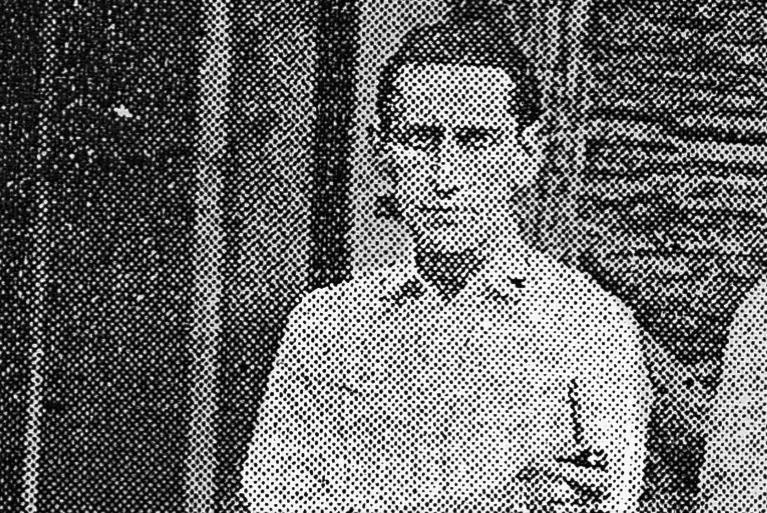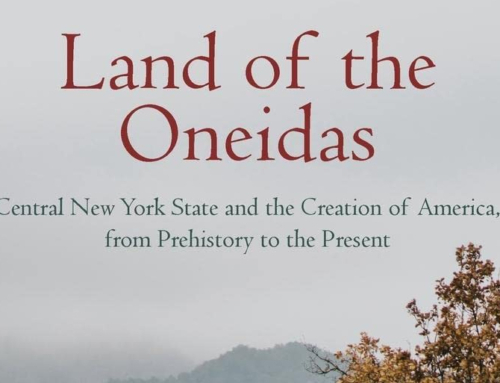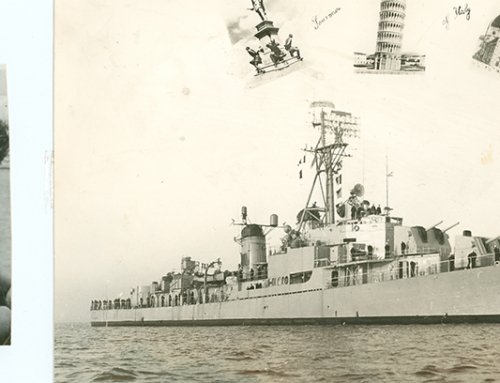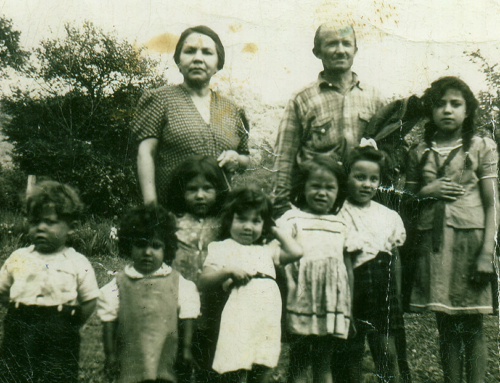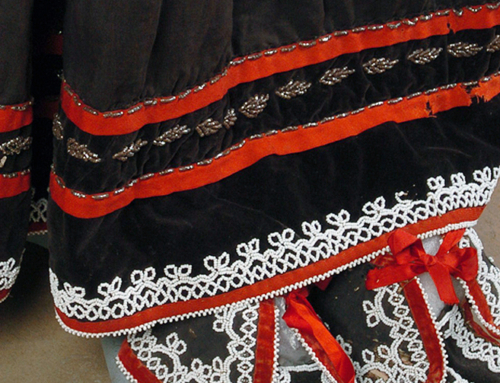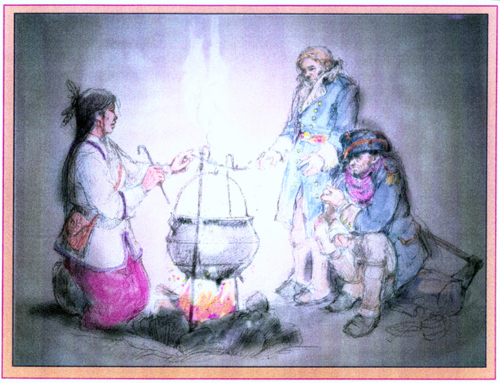Dr. Erl Bates began visiting Haudenosaunee farmers in the early 1900s. He brought Cornell University-developed poultry, piglets and seeds, plus established a revolving loan fund to ensure the continuance of Indian agriculture during the Great Depression. Bates, an obstetric physician and Quaker activist, also pressed New York State and the federal government to fulfill their Treaty obligations to the Haudenosaunee Confederacy.
Due to Bates’ influence in the 1920s, Cornell began an Indian Extension Program that was committed to agricultural and home economics training for Indian people in the state. Bates developed a dynamic and successful agriculture and home economics extension program grounded in respect for Native peoples and emphasizing community control of those programs.
Eventually these concepts were reborn through the efforts of Haudenosaunee leaders, committed Cornell faculty and administrators, and Native students who formally established the American Indian Program in 1983.
Dr. Bates is also remembered by the Haudenosaunee for his efforts to find exhibit space for them at the New York State Fair, although it was at a different location from the current Indian Village. The federal government, under the leadership of President Franklin D. Roosevelt, granted reservation status to the present-day site of the Indian Village.
The Six Nations Indian Village at the New York State Fair made its debut in 1928 and quickly become a favorite among fairgoers. The Village is under the supervision of the Six Nations Agricultural Society. Traditional Haudenosaunee dances, crafts, artwork and storytelling make the Indian Village a true landmark of the New York State Fair.
Did You Know?
Oneida Indian Nation Member Ray Fougnier (Wolf Clan), was hired as the first Director of the American Indian Program at Cornell University in 1983.


